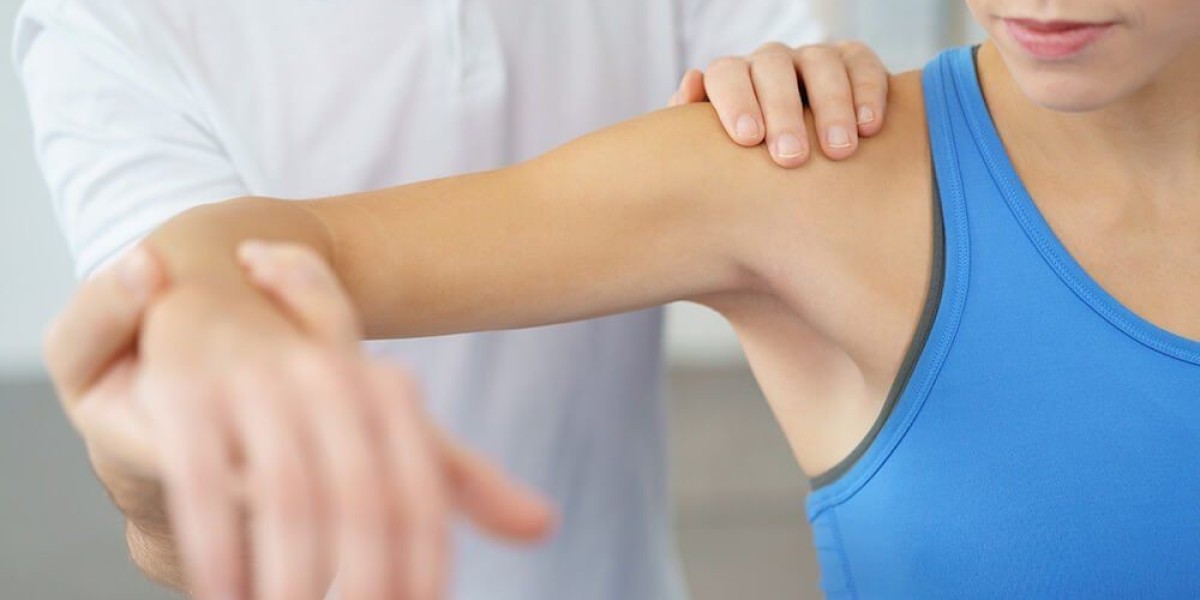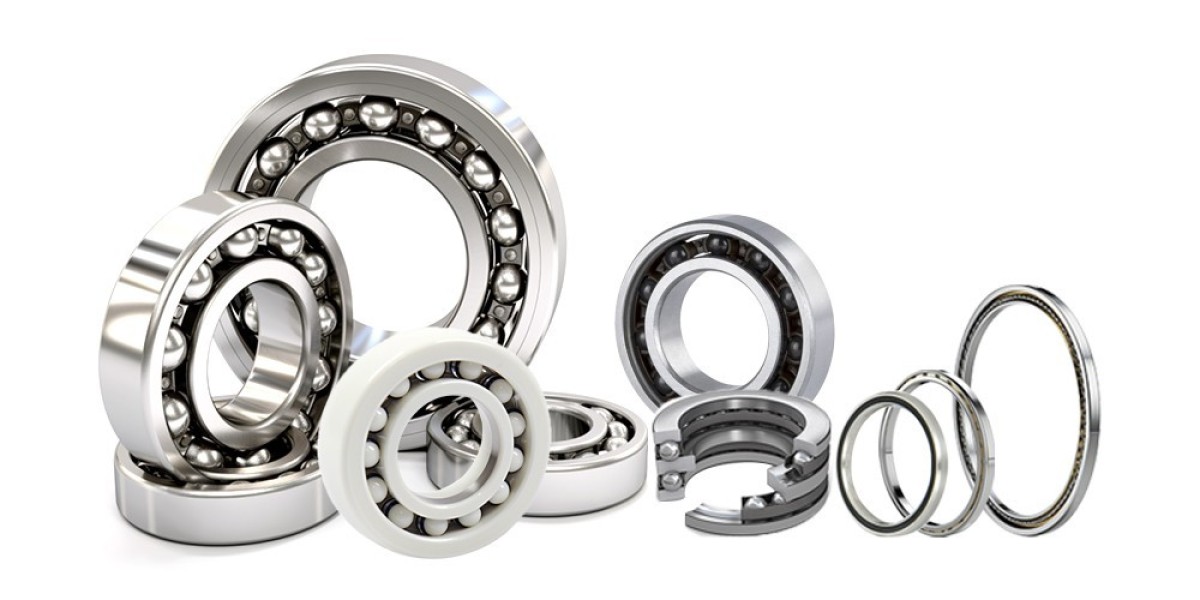A rotator cuff injury can be a painful and debilitating condition that affects the shoulder joint and surrounding muscles. Physical therapy plays a crucial role in the treatment and rehabilitation of rotator cuff injuries, helping individuals regain strength, flexibility, and function in the affected shoulder.
Upon diagnosis of a rotator cuff injury, a physical therapist will assess the severity and specific characteristics of the injury. They will develop a personalized treatment plan based on the individual's needs and goals. The primary objectives of physical therapy for rotator cuff injuries are pain reduction, restoration of range of motion, and strengthening of the shoulder muscles.
Initially, the focus of treatment may be on pain management and reducing inflammation. Modalities such as ice or heat therapy, ultrasound, or electrical stimulation may be used to alleviate pain and promote healing. Manual therapy techniques, including gentle joint mobilizations and soft tissue massage, can also provide relief and enhance shoulder mobility.
As the healing progresses, the physical therapist will introduce exercises to improve shoulder range of motion and flexibility. These exercises may include gentle stretching, passive and active range of motion exercises, and techniques to improve scapular stability. Gradually, more advanced strengthening exercises will be incorporated to target the rotator cuff muscles and surrounding muscle groups.
Therapeutic exercises play a critical role in the rehabilitation process. The physical therapist will guide the individual through a series of progressive exercises designed to rebuild strength and stability in the shoulder. These exercises may involve resistance bands, free weights, or specialized equipment to target specific muscle groups effectively.
In addition to in-clinic sessions, the physical therapist will often provide a home exercise program for the individual to follow. Consistency and compliance with the prescribed exercises are vital for optimal recovery. The therapist will educate the individual on proper form, technique, and modifications to ensure safe and effective exercise performance.
Throughout the rehabilitation process, the physical therapist will closely monitor progress, make necessary adjustments to the treatment plan, and provide guidance on activity modification to prevent further injury. They may also incorporate functional training exercises to simulate real-life movements and prepare the individual for a safe return to their regular activities, including sports or work-related tasks.
It's important to note that each rotator cuff injury is unique, and treatment duration can vary depending on the severity of the injury and individual factors. Physical therapy for rotator cuff injuries requires patience, dedication, and adherence to the prescribed treatment plan for optimal outcomes.
In conclusion, physical therapy plays a vital role in the treatment and rehabilitation of rotator cuff injuries. Through a combination of pain management techniques, targeted exercises, and progressive rehabilitation, physical therapists help individuals recover from rotator cuff injuries, regain shoulder function, and improve their quality of life. By working closely with a physical therapist and committing to the prescribed treatment plan, individuals with rotator cuff injuries can experience significant improvements and return to their daily activities with confidence
Search
Popular Posts
-
 Muhammad (PBUH) The Messenger of God Bangla Dubbed | Iranian Movie | ইরানী ইসলামিক মুভি বাংলা ডাবিং
Muhammad (PBUH) The Messenger of God Bangla Dubbed | Iranian Movie | ইরানী ইসলামিক মুভি বাংলা ডাবিং
-
 Dirilis Ertugrul (Ertugrul Ghazi) | দিরিলিস আরতুগ্রুল | Bangla Dubbing | Trailer
Dirilis Ertugrul (Ertugrul Ghazi) | দিরিলিস আরতুগ্রুল | Bangla Dubbing | Trailer
-
 AmarURL - URL Shortener, create and share trusted, powerful links for your business. Try AmarURL for free.
AmarURL - URL Shortener, create and share trusted, powerful links for your business. Try AmarURL for free.
-
 AIOVideo.com - Share your videos with friends, family, and the world
AIOVideo.com - Share your videos with friends, family, and the world
-
 Upload Files - BoxPuff.com - Free Unlimited Storage
Upload Files - BoxPuff.com - Free Unlimited Storage
Categories
- Cars and Vehicles
- Comedy
- Economics and Trade
- Education
- Entertainment
- Movies & Animation
- Gaming
- History and Facts
- Live Style
- Natural
- News and Politics
- People and Nations
- Pets and Animals
- Places and Regions
- Science and Technology
- Sport
- Travel and Events
- Religious
- Tutorial
- Website
- Medical
- TV Series
- Drama
- Health & Fitness
- Non-profits & Activism
- People & Blogs
- Islamic
- Other



